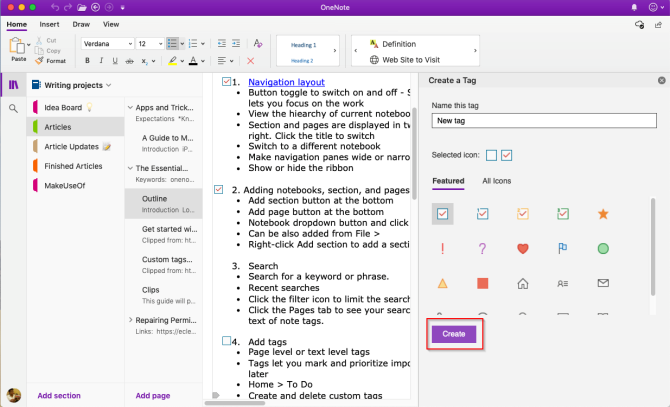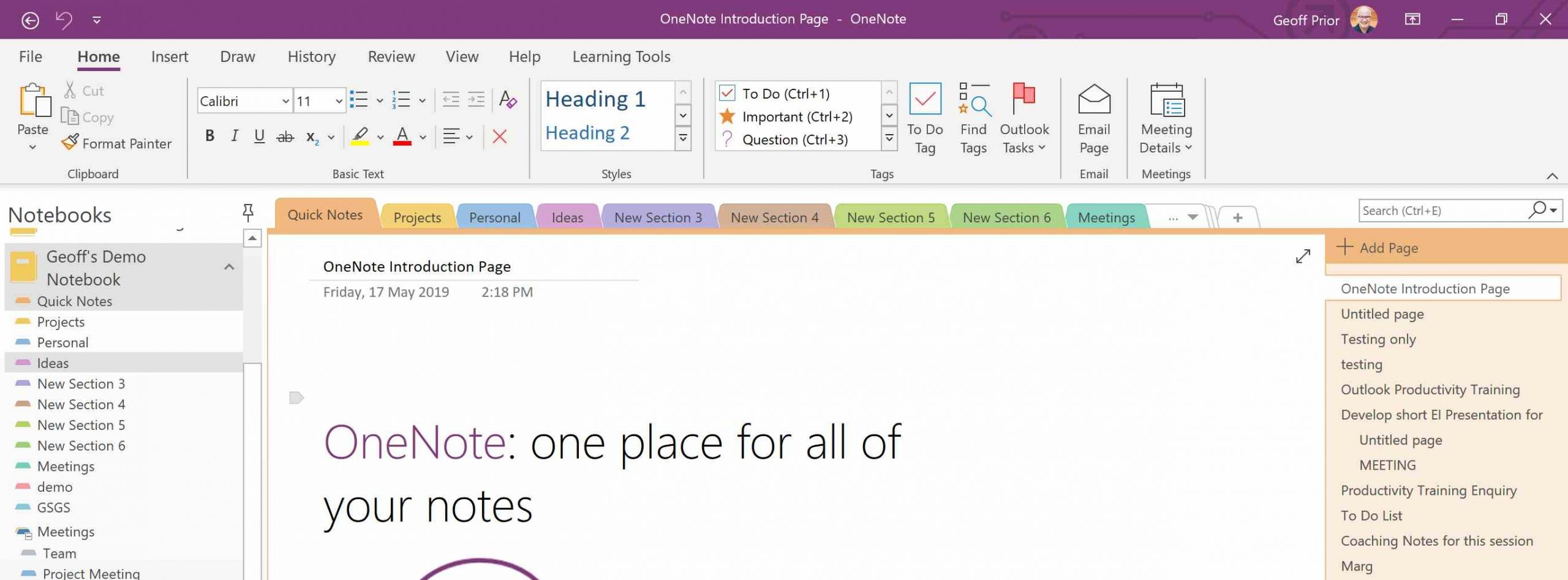
Microsoft OneNote has evolved to become one key application not only for users around the world, but for Microsoft itself too.
Pretty good, but it doesn’t allow as many levels of organization as OneNote a new “notebook” is actually just a new tab across the top, not a separate notebook in the OneNote sense of having a higher level in the hierarchy (or folder structure, if you prefer). I am DYING to ditch OneNote, but I need more organizational capability. To move the entire note, move the mouse pointer over the top of the note until a note container appears around it, and then drag the top of the container to the new location. To move a single line of the note, such as a list item, move the mouse pointer over the line until a selection indicator appears to the left of the note and then drag the selection indicator to a new location, such as. The new layout for OneNote on Mac is is really annoying that I cannot have the Sections across the top. Whoever said this makes it easier and more intuitive has no idea what they are talking about. Ctrl+F6 until you reach the page list, then press the Tab key to put focus on different pages. Press Enter to select a page. Activate a different ribbon tab. Ctrl+F6 until you reach the ribbon, then press the Tab key to move among the ribbon tabs, and press Enter to select. Move among ribbon commands. Tab key, when on a ribbon.
OneNote is now part of the Microsoft Office productivity suite, and what’s more, the Windows 10 version keeps evolving at a pace which shows that the software giant is very committed to continue improving it.

But more recently, Microsoft has also made a change in OneNote that’s not necessarily everyone’s cup of tea. The legacy navigation pane, which let you see all notebooks and pages, has been replaced with a new sidebar that’s less straightforward for a substantial number of users.
Despite aligning with the rest of apps in Windows 10, this sidebar requires additional clicks to browse notebooks, add sections, and manage pages, whereas in the original configuration, everything was so much faster. Somewhat surprising is that Microsoft says it made this change based on user feedback:
Onenote For Mac Tabs Across Top
“We heard the user feedback and incorporated some new elements to navigation in OneNote for Mac and OneNote for Windows 10. In the updated navigation, switch easily between your notebooks, search results and recent notes using the buttons along the left-hand rail and use the drop-down button across the top of sections and pages to view additional notebooks,” the company said back in March.
“If you want to maximize your canvas, you can hide navigation by clicking the notebooks icon at the top of the left rail. Click the icon again when you need to navigate your way to another page, section or notebook.”
More recently, however, Microsoft has started rolling out a feature for OneNote that comes to resolve this big annoyance, allowing users to actually return to the original approach for the navigation system.

What’s important to know, however, is that this feature is gradually shipping to users, so not everyone sees it right now. It already exists on my device, and you should be getting it rather sooner than later.
My OneNote version is 16001.11901.20096.0.
If you want to return to the old navigation system, launch the app and head over to settings. Scroll down, and in the navigation section, enable the feature that is called “Legacy navigation panes.” In just a few words, here’s the path you need to follow:
OneNote > Menu > Options > Navigation > Legacy navigation panes > On
At the end of the day, it’s actually good news to see Microsoft listening to user feedback, and while some users might like the new UI of the navigation pane, there are others who want to stick with the legacy one.
Somewhat worrying is that Microsoft could at some point remove this option, especially as OneNote would evolve to a more modern approach where the legacy menu would no longer make sense. The company, however, says there’s no reason not to use this new navigation feature:

“The OneNote app window in the Windows and Mac versions now offers more note-taking space by providing an easier way to control the navigation interface. You can choose to display the notebook, section, and page navigation panes whenever you need them, and then hide them again when you’re done — leaving you to focus on your work, your thoughts, and your ideas,” it says, adding that everything was designed from the very beginning to make more room for your notes.
The same navigation system is also used on OneNote for Mac, and will also go live for OneNote Online and OneNote for iPad for more consistency.
If you are one of the teachers being impacted by the OneNote issue we discussed in May, we have some good news for you from Microsoft.
After a lot of pressure from customers who prefer the OneNote desktop interface, Microsoft have decided to continue developing and supporting the desktop version of OneNote.
This means that you will very quickly be able to approach your IT staff and ask that the desktop version of OneNote be reinstalled on your computer.
While we have still not been able to get Microsoft to address the pasting issue in the app version of OneNote (despite many approaches), this news will permit teachers to go back to the version that they overwhelmingly prefer (and not just because of our products!).
Just in case you do not know the difference between the two versions, the desktop version has tabs across the top and a list of pages in the current tab down the side.
The app version, which is very similar to the online, web-based version, has the “tabs” and pages on the left.
Onenote For Mac Tabs Across Topping
Microsoft has tried to standardize on the app version but has experienced significant push-back from customers who dislike the new user interface for lots of varied reasons. This blog post means that Microsoft is listening to customers!



